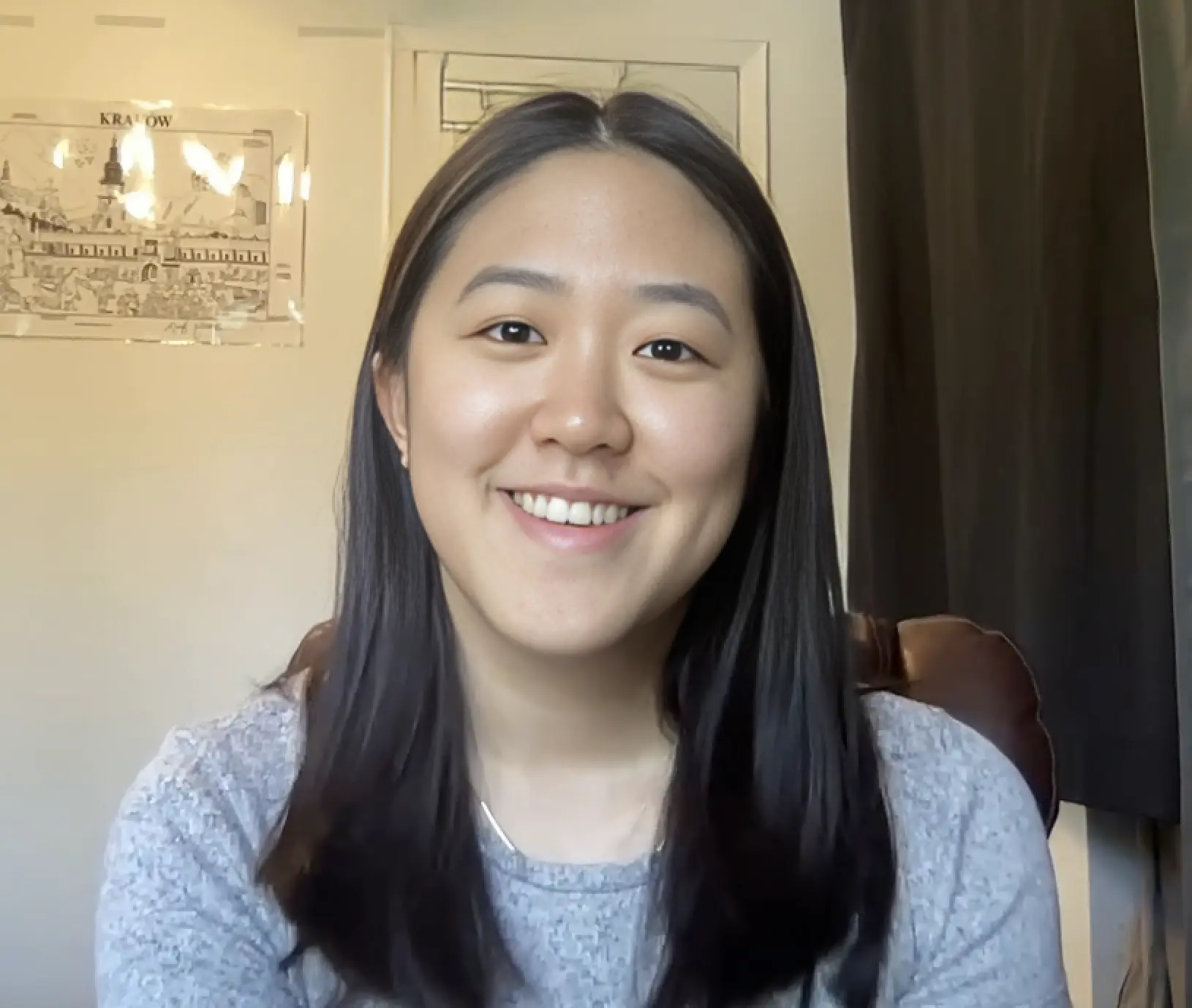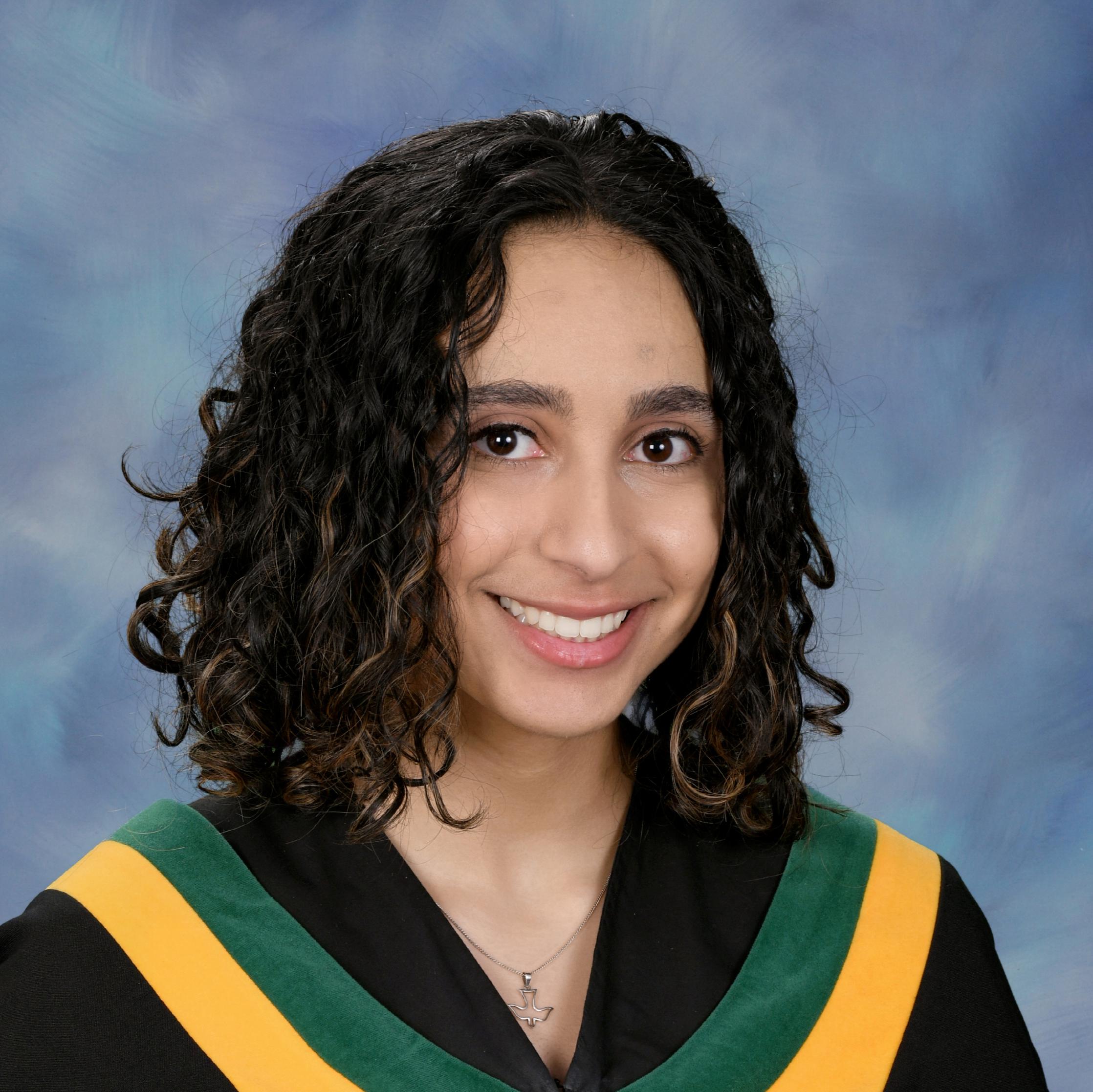Education is fundamental in shaping one’s future, with teachers and tutors playing pivotal roles in this process. While both are educators, they serve in distinct capacities, each with unique methods, interactions, and environments tailored to assist students in learning.
Teachers typically lead structured classes within a formal educational setting, catering to a broad group of students, each learning session aimed at imparting knowledge across a predefined curriculum.
In contrast, tutors provide personalized guidance, often working one-on-one or with small groups to reinforce understanding or tackle specific learning challenges outside the traditional classroom context.
The objectives and goals of teaching and tutoring, although aligned with educating, differ in their approach and delivery. Teachers are tasked with guiding a collective progression in line with educational standards, while tutors often focus on individual student needs, filling gaps in comprehension or accelerating learning in targeted areas.
Both roles involve setting expectations, providing assessment and feedback, but the scope and focus will vary. Where a teacher is responsible for a whole class, a tutor is more likely to adapt their methodologies to the unique needs of their students.
Understanding these differences can empower you to choose the best educational support for your learning journey or career path.
Key Takeaways
- Educators come in the form of teachers and tutors, each offering distinct contributions to student learning.
- Teachers operate within a structured curriculum in formal settings, whereas tutors personalize their approach to individual student needs.
- Both roles encompass goal-setting and feedback but differ in methods and focus due to the nature of their educational environments.

Definitions
In exploring the landscape of education, you'll discover that the roles of a teacher and a tutor complement educational needs differently. Both terms have distinct definitions that outline specific responsibilities and methods.
Teaching
Teaching refers to your role in delivering educational content to a group of students within a formal classroom setting. As a teacher, your primary responsibility involves creating lesson plans that adhere to curriculum standards, facilitating classrooms, and assessing students' understanding through various methods.
Tutoring
Tutoring, on the other hand, is a personalized form of instruction. You, as a tutor, typically offer individualized support to students outside the traditional classroom environment. Your focus lies in addressing specific learning challenges and reinforcing concepts in a one-on-one setting or a small group.
Objectives and Goals
When you consider the educational landscape, you'll find that both teaching and tutoring serve critical roles. The objectives and goals of each, however, are distinct, guiding their approaches and the outcomes they strive for.
Goals of Teaching
The primary goal of teaching is to deliver a structured education to a broader group of learners. You are expected to cover a specific curriculum, ensuring that all students reach a minimum level of proficiency in the subject matter. Teachers aim to impart a balanced understanding across an array of topics and to develop critical thinking and problem-solving skills.
- Curriculum Mastery: Ensure students understand and can apply core concepts.
- Skill Development: Foster critical thinking, inquiry, and the ability to engage with new ideas.
Goals of Tutoring
Conversely, tutoring typically focuses on providing personalized support to individuals or small groups. As a tutor, your objective is to address specific learning challenges, supplement classroom instruction, and facilitate a deeper understanding of the material.
- Personalized Support: Tailor your teaching methods to the student's unique learning style.
- Supplemental Learning: Enhance and build on the lessons learned in the traditional classroom setting.

Scope and Focus
In exploring the differences between teaching and tutoring, you will find that the scope and focus are fundamental aspects that distinguish one from the other. These terms define the breadth and depth of the educational approaches used in both settings.
Scope of Teaching
Teaching generally refers to the delivery of structured educational content to a larger audience, typically within a classroom environment. Your scope as a teacher extends over a broad curriculum, aligning with educational standards and encompassing a range of topics to ensure a comprehensive education.
- Group Setting: Often caters to multiple students at once, necessitating a more generalized approach.
- Fixed Curriculum: Follows a predetermined syllabus designed to cover all necessary subjects over a term or academic year.
Focus of Tutoring
Conversely, tutoring zeroes in on the individual needs of the student, offering personalized support that targets specific learning challenges or goals. The focus of tutoring is narrow but deep, allowing you to adapt lessons to your pupil's unique learning style and pace.
- Individualized Attention: Provides targeted support to one or a small group of students.
- Customized Lessons: Tailors content and teaching methods based on individual assessments and progress
Methodologies
Within education, effective methodologies are crucial for mastering content. Your approach, whether in a classroom or a one-on-one session, dictates how successfully you can impart knowledge and facilitate understanding.
Teaching Methods
Classroom assessments: You can employ formative assessments to gauge student comprehension in real time. Examples include quick quizzes or hands-on activities that provide immediate feedback.
Interactive learning: Make use of technology-based approaches like digital games to engage students. Collaborative projects and peer teaching also foster a dynamic learning environment.
Tutoring Techniques
Personalized feedback: One-on-one sessions allow for detailed, individualized critiques tailored to a student's specific challenges, which is a contrast to the broader feedback in a classroom setting.
Flexible pacing: Adjust the speed and complexity of your instruction based on the student's progress. If a concept isn't clicking, you have the freedom to explore alternative explanations or provide additional practice.

Interactions and Relationships
In the educational landscape, your understanding of Teacher-Student Dynamics and Tutor-Student Dynamics is pivotal due to the differing roles and impacts of teachers and tutors on your learning experience.
Teacher-Student Dynamics
In a classroom, the dynamic between you and your teacher is defined by a structured environment where learning activities are designed to cater to a group. Your interaction with the teacher involves direct instruction, assessment, and feedback, extending to a class-wide level. A study highlighted by Education Week correlates strong teacher-student relationships with long-term academic improvement.
- Direct Instruction: Class discussions, lectures, and presentations.
- Assessment: Regular tests, quizzes, and assignments.
- Feedback: Grades and summaries of performance, occasionally personalized.
Tutor-Student Dynamics
Conversely, tutoring offers a more personal touch to your educational progress with one-on-one sessions or in small groups. Tutors focus on your individual needs, often working closely to bolster your understanding of subjects and concepts that are challenging. A resource from the National Student Support Accelerator emphasizes the impact of sustained relationships in tutoring and alignment to school curriculum for effective learning.
- Personalized Attention: Customized lessons targeting your unique challenges.
- Tailored Support: Space for in-depth exploration of your queries and confusions.
- Strong Relationships: Emphasis on building trust and understanding to facilitate learning.
Roles and Responsibilities
When comparing teaching and tutoring professions, it’s essential for you to understand the unique roles and responsibilities each holds in the educational landscape.
Role of a Teacher
A teacher typically works within a school setting, bearing the responsibility for delivering instruction to a larger group of students. Your role involves creating and executing lesson plans aligned with curriculum standards. As a teacher, you are expected to assess and track the progress of your students, often managing a classroom of more than 30 individuals. The environment requires you to address the educational needs of a diverse group, tailoring your teaching strategies to accommodate different learning styles.
Key Responsibilities:
- Develop and execute lesson plans
- Assess student progress
- Manage a classroom environment
- Deliver curriculum-based instruction
Role of a Tutor
In contrast, a tutor tends to work with students on a more individual basis or in smaller groups, focusing primarily on specific areas where you may need extra help or on enhancing your understanding of a subject.
Unlike a teacher who must meet the needs of many students at once, a tutor can offer you personalized attention, customizing their approach to fit your unique learning style. Tutoring often takes place outside of formal school settings and can provide flexible scheduling options.
Key Responsibilities:
- Address specific academic challenges
- Personalize learning strategies
- Schedule flexible learning sessions
- Reinforce subject mastery
Your engagement with either a teacher or a tutor will be shaped by their respective roles, with teachers providing you a structured educational experience and tutors offering you targeted assistance and support.

Assessment and Feedback
Effective teaching and tutoring hinge on two crucial components: assessment and feedback. Understanding these elements and how they function differently in teaching and tutoring scenarios is key to enhancing educational outcomes.
Assessment in Teaching
Assessment in teaching often involves measuring your students' understanding using a variety of methods. Formative assessments may include quizzes and in-class activities aimed at gauging continuous learning. Consider evidence-based approaches to assess and ensure your students are grasping the content. In a more formal setting, summative assessments such as final exams and projects are utilized to evaluate overall learning at the end of a unit or course.
Feedback in Tutoring
In a tutoring environment, providing direct, personalized feedback that targets your student's specific challenges is critical. Feedback should be immediate and constructive to foster an effective learning process. For example, highlighting key areas of improvement and acknowledging successes can create a bridge to advanced understanding.
Here, high quality feedback can make a significant difference in student progress, sometimes equaling up to eight months of academic growth.
Setting and Environment
When choosing between tutoring and teaching, consider the distinct differences in setting and environment each offers to enhance the learning experience.
Classroom Setting
In a classroom setting, you typically find a teacher responsible for instructing a larger group of students. This environment is structured around a curriculum that often follows government or institutional guidelines. Classrooms are equipped with various educational materials and serve as an official learning space where students encounter a diverse mix of peers.
Tutoring Environment
Conversely, the tutoring environment is much more personalized and flexible. It often involves one-on-one sessions or small groups, which enables tutors to tailor the learning experience to your individual needs. These sessions can occur in a variety of places, such as your home, a library, or online platforms, providing a versatile backdrop that keeps your specific learning style and pace in focus. No matter how you choose to learn, TutorLyft tutors can provide both online and in-person sessions to suit your learning style and budget.

Challenges and Considerations
In approaching the education landscape, you must navigate the challenges in teaching and weigh the considerations for tutoring. Each plays a distinct role in learning, but they come with their own set of hurdles and factors to keep in mind.
Challenges in Teaching
- Diverse Learning Styles: As a teacher, you must address the varied learning preferences of many students simultaneously. Creating lesson plans that are effective for visual, auditory, and kinesthetic learners can be demanding.
- Classroom Management: Maintaining the attention and behavior of a whole class requires significant skill. Handling disruptions and ensuring a conducive learning environment is a constant challenge.
Considerations for Tutoring
- Personalization of Content: Tutoring demands that you tailor your approach to meet the individual needs of the student. You must be adept at identifying and adapting to their specific learning challenges and goals.
- Flexibility and Scheduling: Unlike the structured timetable of traditional teaching, tutoring must fit into the diverse schedules of both the tutor and the student. This can require significant logistical coordination.
Impact and Outcomes
In examining the effects of educational practices, you'll find that both teaching and tutoring have unique impacts and generate different outcomes. These methods cater to varying educational needs and, when applied effectively, can result in significant academic growth.
Impact of Teaching
Teaching stands as the backbone of structured education, providing you with a broad understanding of subjects through a predefined curriculum. In a classroom setting, your learning is shaped by the collective pace and engagement of all students. Teachers impart knowledge by delivering lesson plans that adhere to educational standards, with the success of this approach often measured through standardized testing and overall class performance.
Outcomes of Tutoring
On the other hand, tutoring often yields more personalized learning outcomes. It has been found to produce consistent and substantial positive impacts on individual academic achievement, particularly when tailored to students who struggle with certain topics. Tutoring allows you to receive one-on-one attention, enabling instruction to be customized to your specific needs and pace, which can lead to better comprehension and retention of the material.
.






































































